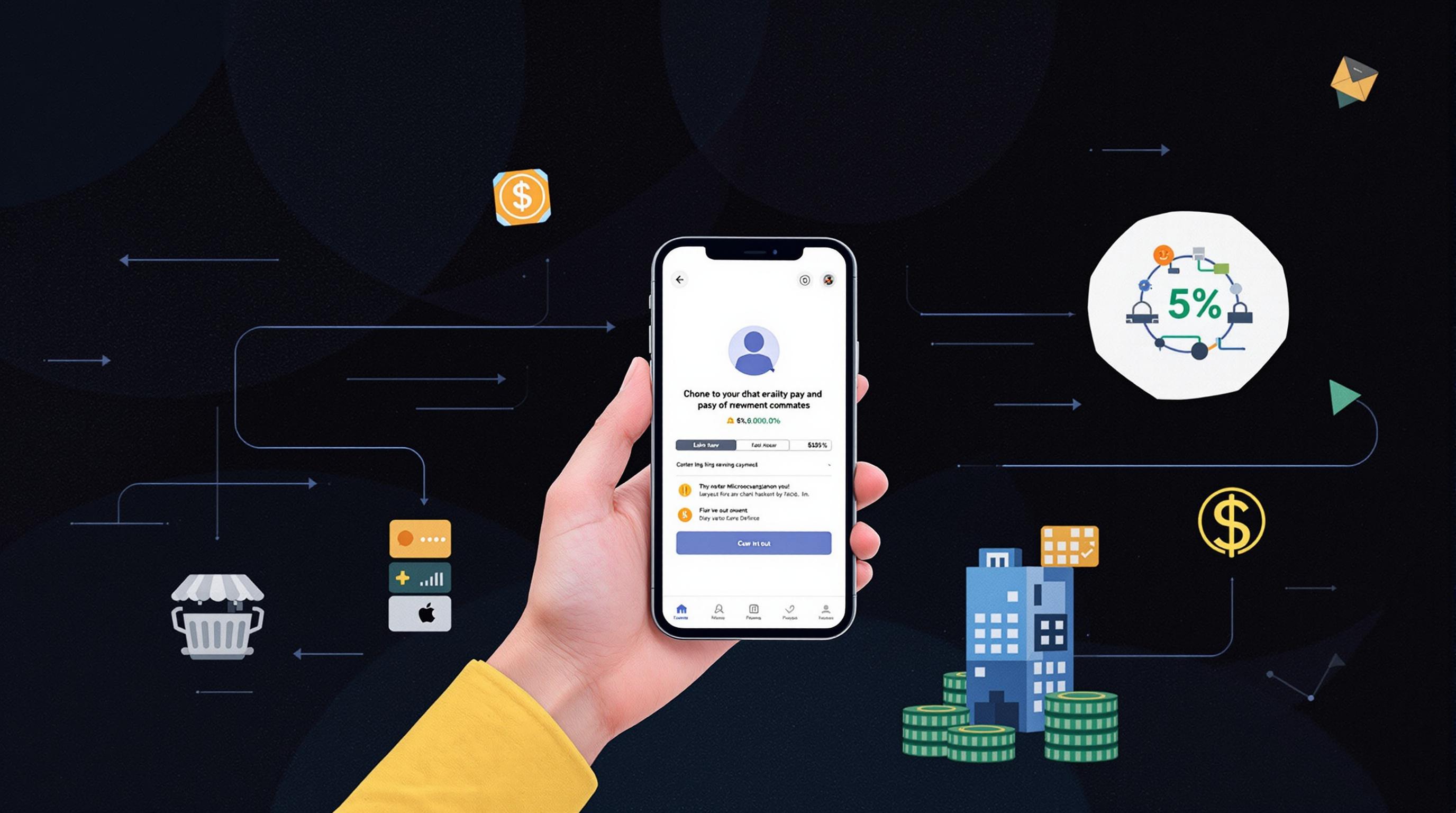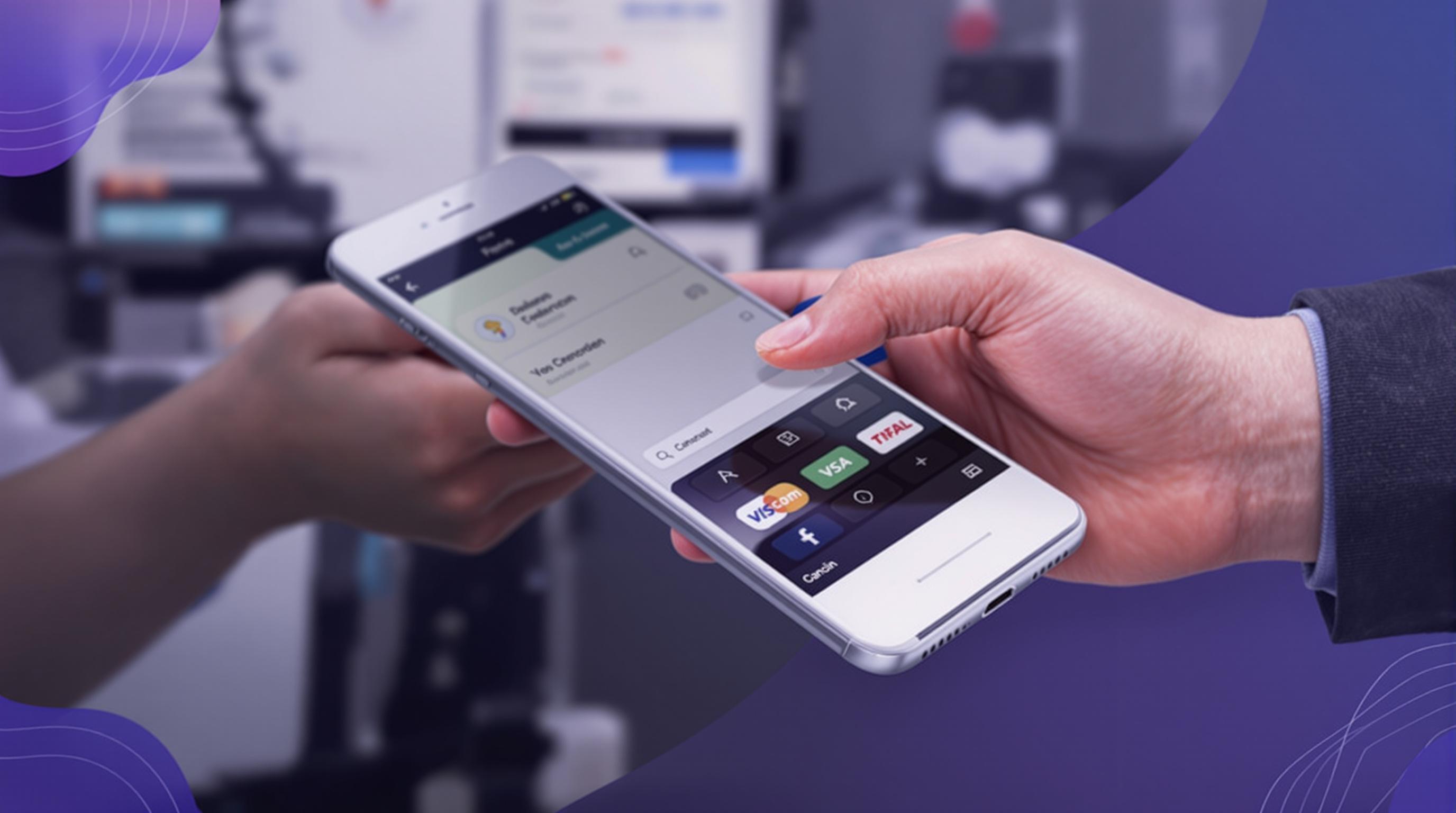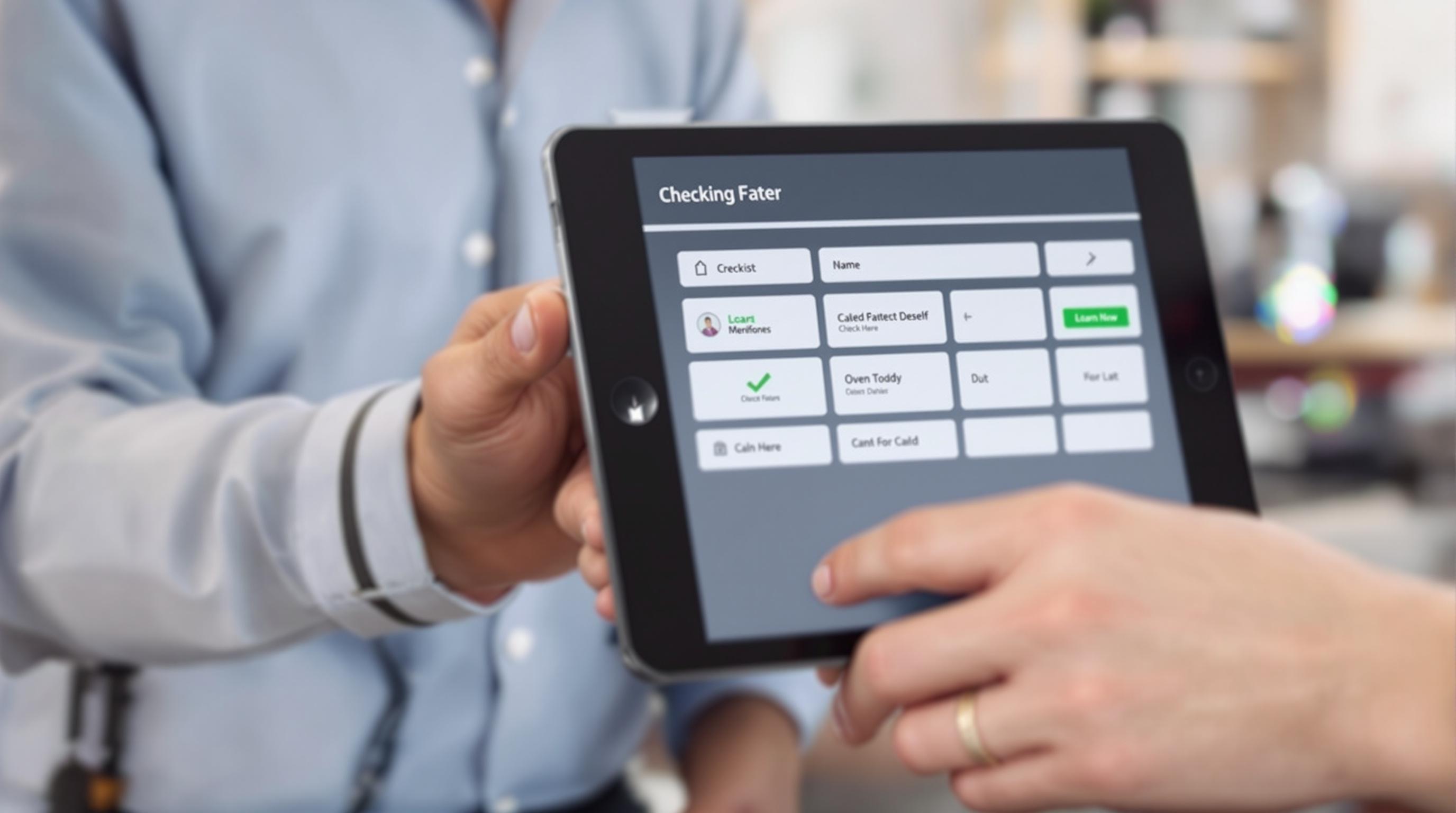Related Articles
- The Role of Quantum Encryption in Transforming Legacy Data Protection Practices for Businesses
- Top 6 AI-Powered Subscription Platforms Transforming Product Access and Affordability Since 2019
- Unseen Pitfalls: How Cognitive Overload in Finance Audits Undermines Checklist Effectiveness and Decision Quality
- The Silent Impact of Global Fiscal Shifts on Local Tax Date Practices No One’s Talking About
- How Cultural Narratives Shape Personal Budgeting: Unseen Influences Behind Financial Template Choices
- Top 6 Underrated Payment Tools Released Since 2019 Changing How Stores Handle Transactions
9 Innovative Microtransaction Models Redefining Store Payment Integration and Driving New Revenue Streams
9 Innovative Microtransaction Models Redefining Store Payment Integration and Driving New Revenue Streams
9 Innovative Microtransaction Models Redefining Store Payment Integration and Driving New Revenue Streams
Microtransactions have dramatically transformed how businesses engage customers and monetize digital content. Thanks to evolving payment technologies and consumer preferences, microtransaction models are no longer one-size-fits-all but are tailored to maximize convenience and profitability. This article explores nine innovative microtransaction models that are redefining store payment integration and creating new revenue streams for modern businesses.
1. Pay-As-You-Go (PAYG) Model
The Pay-As-You-Go model allows consumers to pay only for what they use or consume, making it highly attractive in digital goods and services. Instead of upfront payments, this model promotes incremental spending that aligns directly with user behavior.
For instance, cloud storage providers often use PAYG to charge customers based on the exact amount of storage consumed. This flexibility encourages broader adoption by lowering the barrier to entry for customers wary of fixed costs.
Integrating PAYG in store payment systems requires precise tracking mechanisms and real-time billing capabilities. Advances in API integrations enable seamless synchronization between usage data and billing platforms, ensuring accurate microcharges.
2. Subscription-Based Microtransactions
Subscription models have evolved beyond monthly or annual fees into micro-level periodic payments that boost customer retention and steady revenue streams. By breaking down payments into smaller, more frequent amounts, businesses reduce friction in customer commitment.
Streaming services and mobile games frequently leverage this by offering daily or weekly subscriptions, thus expanding their user base by appealing to lower-spending customers who prefer short-term engagement.
From a technical standpoint, subscription microtransactions rely on integrated payment gateways capable of handling recurring billing with minimal disruption. Payment providers like Stripe and PayPal support these recurring micro-billing infrastructures efficiently.
3. Dynamic Pricing Microtransactions
Dynamic pricing adjusts cost based on real-time factors such as demand, availability, or customer segment. Microtransactions benefit from this by promoting optimal pricing strategies that maximize revenue without alienating users.
E-commerce platforms use dynamic micro-pricing to tailor product costs during sales events or scarcity scenarios. This model drives urgency in buying behavior and can increase conversion rates.
To implement, stores integrate AI-driven pricing tools with payment processors, allowing automated, responsive adjustments reflected instantly during checkout. These combined systems enhance both customer experience and profitability.
4. Gamified Microtransactions
Gamification introduces game-like incentives into purchasing behavior, transforming traditional microtransactions into interactive, engaging experiences. Reward systems, spin-the-wheel discounts, and loyalty points encourage repeat purchases.
This model is popular in mobile apps, where users spend small amounts to unlock badges, levels, or exclusives, boosting emotional engagement and perceived value.
Effective store integration requires coordination between the frontend UI, reward logic engines, and secure payment modules. The resulting ecosystem keeps users motivated and monetization continuous.
5. Bundle Microtransactions
Bundle microtransactions package multiple small purchases into savings-focused sets, encouraging upselling without overwhelming customers. This model simplifies decision-making and provides perceived value advantages.
Retailers use bundled offers such as “buy 3 pay for 2” or themed digital content packs to increase average order value while maintaining budget-friendly pricing.
Payment integration involves ensuring accurate bundle pricing logic, discount application, and seamless transaction processing, often requiring tailored cart management tools.
6. Social Payment Microtransactions
Social payment microtransactions incorporate peer interaction and sharing to stimulate purchases. This approach leverages social proof and virality by enabling customers to send gifts, share discounts, or pool payments.
Platforms like social media marketplaces implement these microtransactions to enhance user connection and drive incremental sales through communal participation.
Implementing social microtransactions demands secure, frictionless peer-to-peer payment integration combined with social network APIs to provide smooth transaction experiences.
7. Contextual Microtransactions
Contextual microtransactions deliver purchase options tailored to the immediate user environment or intent. Context-aware offers consider factors like location, device, or recent behavior to present highly relevant upsells.
For example, a mobile app may offer a microtransaction for an expedited delivery at checkout when detecting a user is near the delivery time window, incentivizing quick decisions.
The integration challenge lies in syncing contextual data analytics with payment interfaces, requiring AI and real-time data capture to enable personalized micro-offers.
8. Cryptographic Microtransactions
With the rise of blockchain, cryptographic microtransactions utilize cryptocurrencies to enable secure, low-fee payments ideal for tiny transactions often discouraged by traditional fees.
This model empowers global micro-payments in gaming, content creation, and tipping systems where fractions of a cent can be transferred efficiently.
Store integration in this model requires blockchain wallet support, smart contract integration, and cryptocurrency payment gateways, ensuring transparency and fraud resistance in microtransaction flows.
9. Pay-What-You-Want (PWYW) Microtransactions
The PWYW model lets customers decide their microtransaction amounts based on perceived value or goodwill. This has proven effective for digital content, charitable donations, and indie games to build community trust and generate variable revenue.
By removing price rigidity, PWYW encourages access and user engagement, often increasing overall revenue when customers choose to pay above baseline costs.
Technically, integrating PWYW requires flexible payment placements, minimum price thresholds, and analytics tracking to evaluate revenue patterns and optimize user experience accordingly.
Conclusion: These nine innovative microtransaction models exemplify how diverse and adaptable payment strategies are empowering stores to deepen customer relationships and unlock new monetary potential. By intelligently integrating real-time data, behavioral insights, and emerging technologies, businesses can craft seamless microtransaction experiences that cater to evolving market dynamics. As payment solutions continue to advance, microtransactions will remain a cornerstone for sustained digital commerce growth.
Sources:
– S. Singh, "Microtransaction payment models and consumer behavior," Journal of Digital Commerce, 2023.
– J. Miller, "The future of in-app payment integration," TechPayments Review, 2024.
– P. Johnson, "Blockchain and the rise of cryptographic microtransactions," CryptoFinance Journal, 2023.




